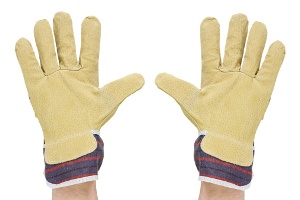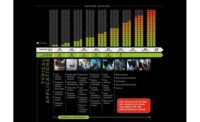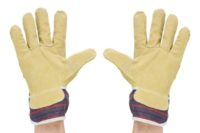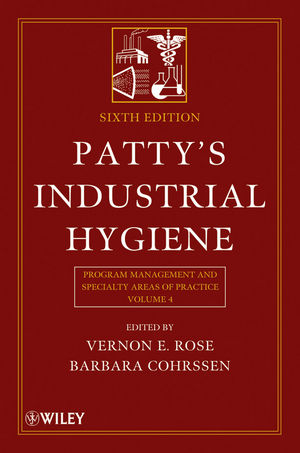 Due to the complexity and confusion surrounding all the test methods, guidelines and interpretations, the International Glove Association (IGA) developed and
Due to the complexity and confusion surrounding all the test methods, guidelines and interpretations, the International Glove Association (IGA) developed and
implemented its glove certification program. The IGA has specified the applicable ASTM testing protocol. Cut-resistant products certified by the IGA are provided a performance rating based on the following result:
IGA CERTIFICATION PROGRAM: (with equivalents in both grams & pounds)
Lbs. Grams
Level 1 < .88 < 398
Level 2 .89 to 1.76 401 to 796
Level 3 1.77 to 2.73 797 to 1233
Level 4 2.74 to 3.78 1234 to 1707
Level 5 3.78 to 5.38 1708 to 2430
Level 6 5.38 to 6.98 2 431 to 3153
Level 7 6.98 > 3154 >
It is extremely important to understand the testing methods and testing levels quoted above. Due to numerous claims in the industry and the multiple testing methods, it is imperative to compare apples to apples as they say.
In North America, safety specialists should ensure the source of the quoted levels as they are not directly comparable.
For example, further even within the ANSI guidelines the spread is quite large for level 4 between 1500 and 3499, allowing for a vast and significant range of cut resistant product.
Therefore it is always helpful to have not just the level that a particular product achieves but also the specific gramage weight achieved in that range.
While numbers and levels quoted above are extremely helpful in at the least narrowing the range of product to use in a particular application, it should not be the only qualifier. The testing and the subsequent level ratings simply provide a guideline that states that one material performed X and another material performed Y.
One can gauge that if X>Y then the first material is more cut resistant — but only in the context of the test. Examining the tests, both are performed using a sharp razor blade under a controlled environment.
In practice, most applications requiring cut resistance are not set in such a controlled environment. Some applications have parts that are oily, have a serrated edge or even have sparks and flames involved. For these reasons, it is understandable to set a minimum level or cut test result as criteria for choosing hand protection, but not the only criteria. Careful examination of the application and any extraneous hazards that may be present is an absolute necessity to select the correct or ideal hand protection.
Written by Fo Abiad, is director of Tilsatec North America. He has approximately 20 years of experience in safety product manufacturing and supply. Fo is also president of Windsor Textiles Limited and is past president of the Canadian Glove Manufacturers Association (CGMA). He can be contacted at foabiad@tilsatec.net.
IGA certification program ends confusion over cut-protection



